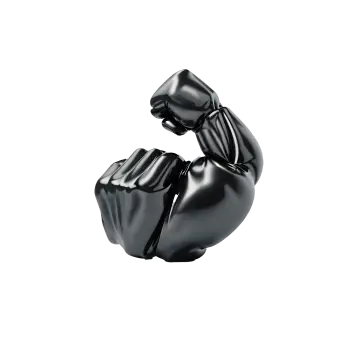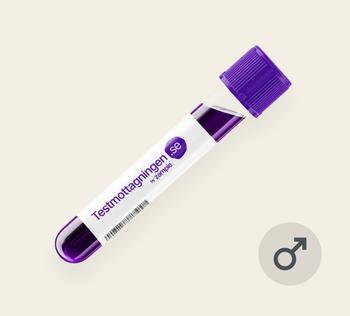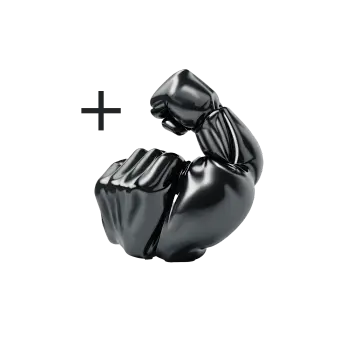Bound or free Testosterone - what's the difference?
Bound testosterone is the form of testosterone that is bound to proteins, primarily to the sex hormone-binding hormone Globulin(SHBG) and Albumin. The bound form of Testosterone is not available to the body's tissues and organs. Instead, the bound form acts as a store of Testosterone in the blood and can be released when the body needs it. Bound Testosterone cannot pass through cell membranes and exert its biological effect until it is freed from protein bonds.
Free testosterone, on the other hand, is testosterone that is not bound to any proteins and is in an active form. It can move freely through cell membranes and interact with testosterone receptors in the body's tissues and organs to exert its effects. It is the fraction of testosterone that has direct biological activity and affects body functions such as libido, muscle mass, skeletal strength and energy levels. In popular parlance, it is the free testosterone that we talk about when, for example, muscle building and also the form that men are most interested in testing themselves for.
Both forms of Testosterone are important to measure.
For several different reasons, it can be important to measure both bound and free Testosterone in order to get an overall picture of your Testosterone status. In normal cases, the so-called total testosterone value in the blood is measured, which includes both bound and free Testosterone. If necessary and during a more detailed examination, doctors can order specific measurements of free and bound Testosterone to examine your hormonal condition more thoroughly.
Summary of the Difference Between Free and Bound Testosterone
Do you think it is still unclear? Below is a brief summary of the differences between free and bound testosterone.
Free testosterone:
- Is not bound to any proteins and is in an active form.
- Can move freely through cell membranes and interact with testosterone receptors.
- Has direct biological activity and affects body functions such as libido, muscle mass, skeletal strength and energy levels.
- Can exert its effects immediately without having to break free from protein bonds.
- Sometimes measured specifically to examine a person's hormonal state more closely.
How is free testosterone calculated?
There are different methods to calculate your free testosterone, a common method is to use a mathematical model that takes into account your total testosterone value and the level of SHBGi blood. The model looks like this: Free testosterone (nmol/L) = Total testosterone (nmol/L) x (100 / SHBG (nmol/L)).
To make it easier, you can easily calculate your free testosterone using our testosterone calculator.
Bound testosterone:
- Is bound to proteins, mainly sex hormone-binding globulin (SHBG) and albumin.
- Functions as a layer of testosterone in the blood.
- Needs to be released from protein bonds to become available to the body's tissues and organs.
- Cannot pass through cell membranes and exert its biological effect until it is free from protein bonds.
- The total testosterone value in the blood includes both bound and free testosterone.


























